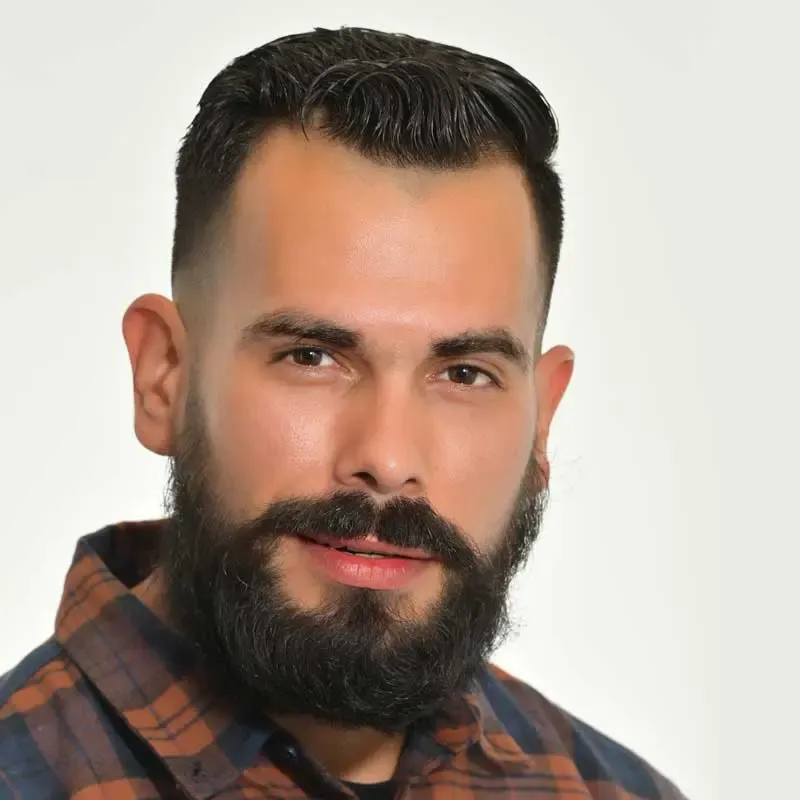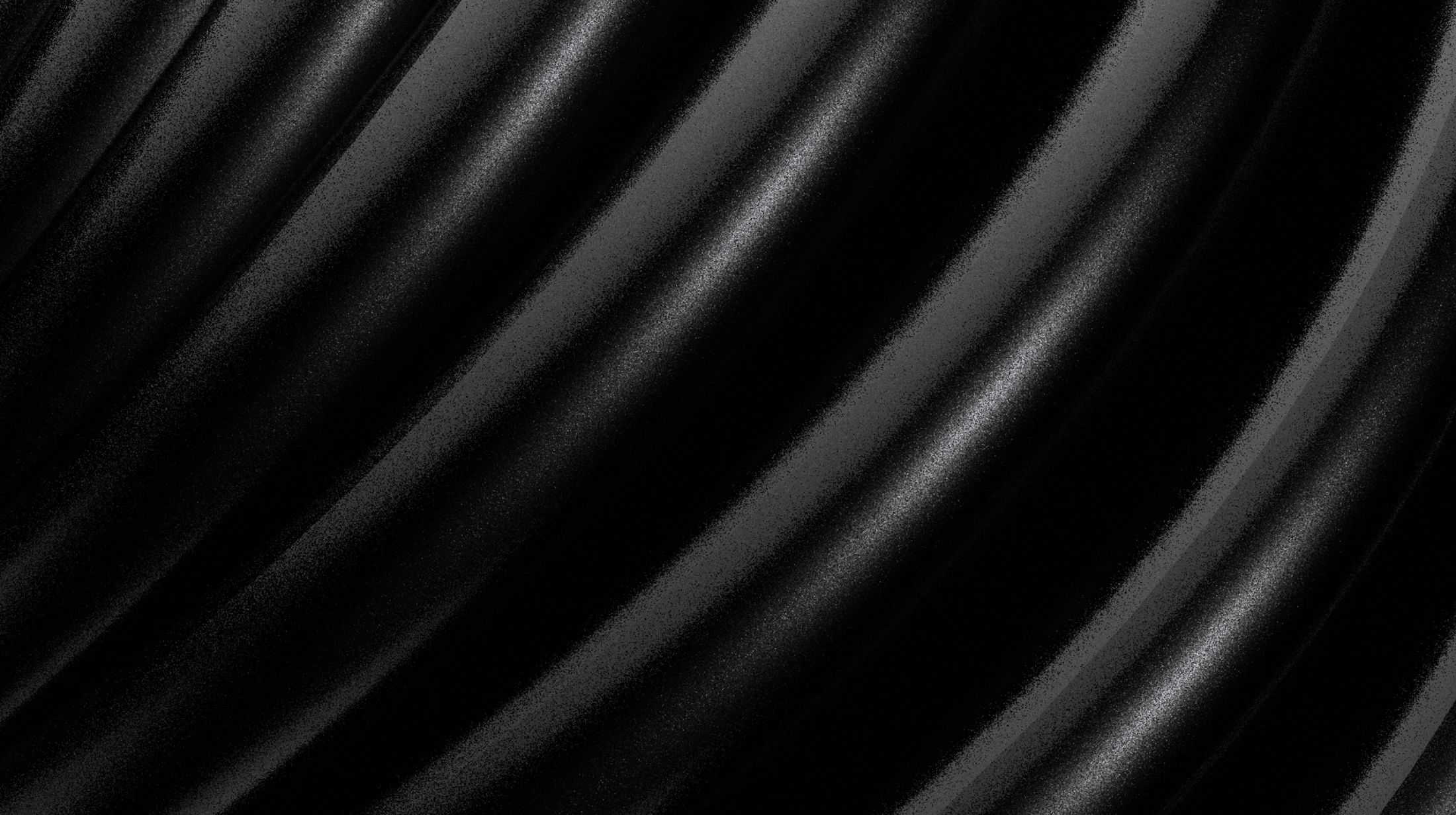
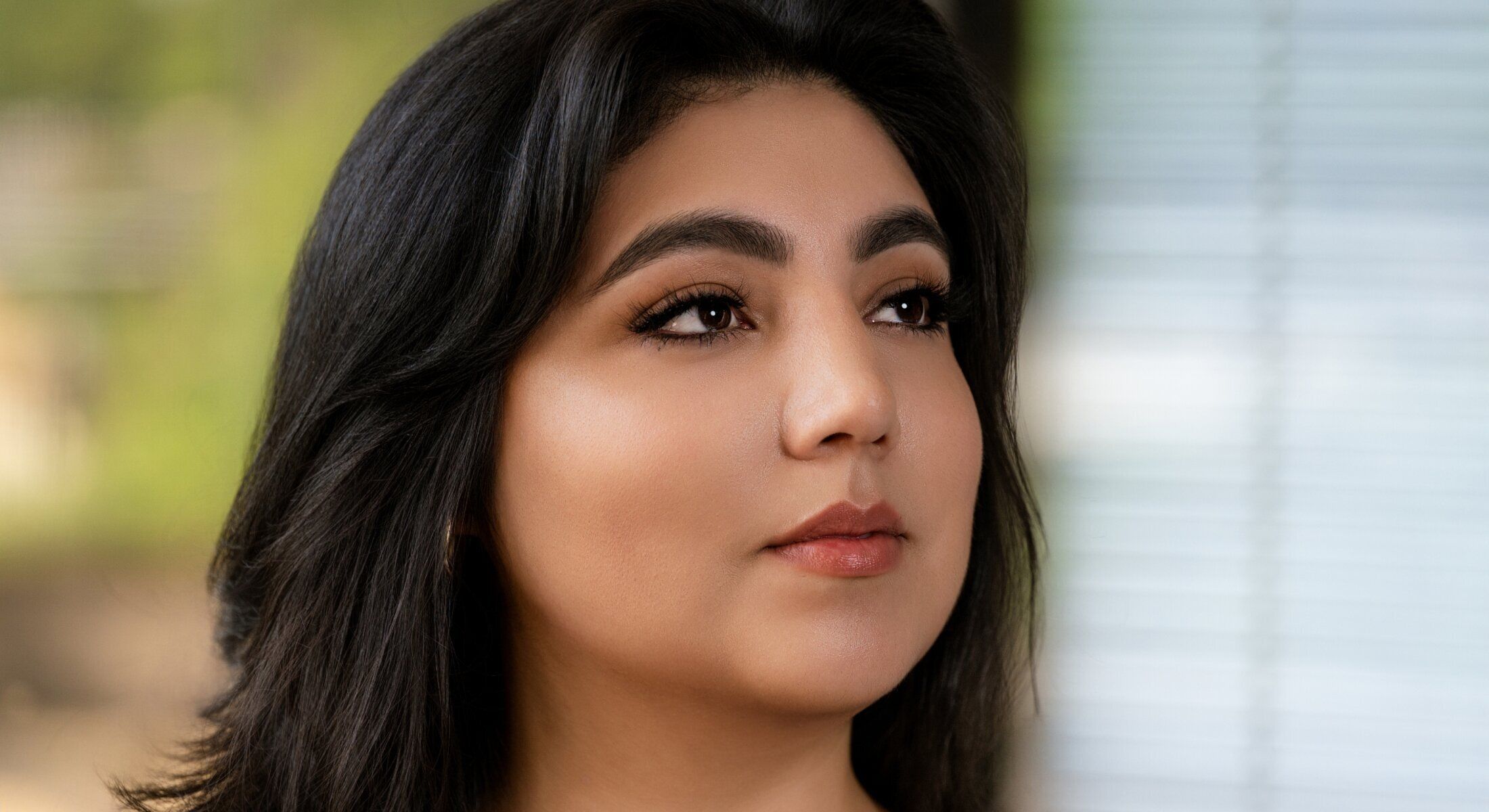


Structural rhinoplasty is a fundamental technique for nose surgery. Is it the right option for your surgery? Find out more by reading below. Structural rhinoplasty is the traditional rhinoplasty technique that the vast majority of rhinoplasty surgeons use. It is a tried and true type of procedure and is the “gold standard” of rhinoplasty procedures. This does not mean that structural rhinoplasty is the best technique for rhinoplasty. It is the technique that has been around for the longest time and almost every surgeon has been trained in this technique. Hence, when we develop newer techniques, we compare the results to structural rhinoplasty.
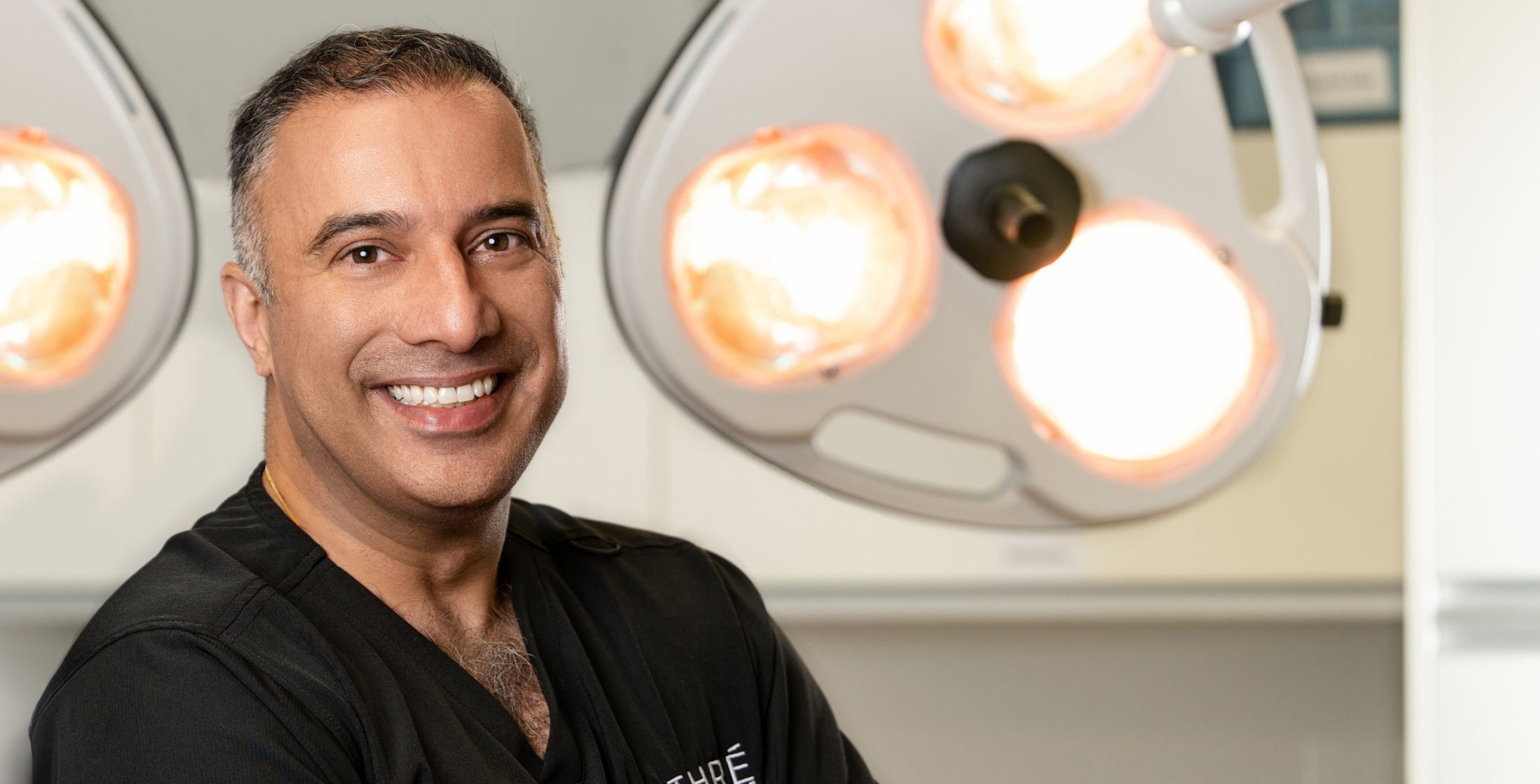
The vast majority of rhinoplasty surgeries deal with: Hump removal, thinning a wide nose, increasing tip definition, and increasing rotation of the tip. This is a brief description of the most basic rhinoplasty.
Let’s look at a structural rhinoplasty example.
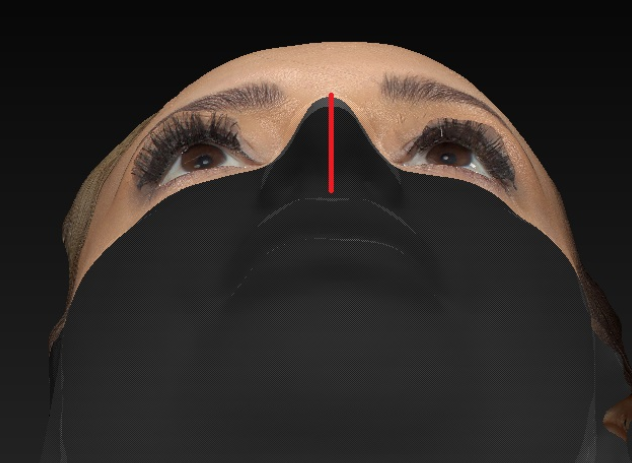
If the above patient had a hump, this translates to the length of the red line being longer than it should be. Therefore, we would cut off the excess height, or the hump.
The blue line indicates where the cut would be taking off the hump. An analogy to this would be cutting off the top of a mountain. The resultant shape of the bony structures after cutting off the top of the mountain is a plateau. If we left a plateau, the nose would be too wide in the dorsum, or bridge. Therefore, we must break the bones and recreate the mountain shape.
The take home points are:


Here’s another representation with the blue triangle representing the final, smaller nose. In our Houston structural rhinoplasty technique, the resection of the dorsum is done with the combination of saws, scalpels, and osteotomes (special sharpened bone chisels).
The primary advantage of structural rhinoplasty is that it is the baseline technique for rhinoplasty. It makes logical sense that the hump represents extraneous tissue, and we need to remove the extraneous tissue. Reconstruction of the dorsum is the necessary side effect of removing the dorsum in this manner.
Please remember that THERE IS NOTHING WRONG WITH STRUCTURAL RHINOPLASTY. It is the technique that probably 99% of surgeons use, and the technique that I exclusively used until 2013. In complex revision cases, I still sometimes use some of the techniques of structural rhinoplasty.
My opinion is that the amount of dissection of the tissues, removal of the dorsum, having to recreate a new dorsum, and the use of cold instruments (scalpels, osteotomes, etc) predisposes this technique to a lot of variables that are difficult to control. I explained in the revision rhinoplasty page that tissue dissection leads to scar formation and that scar formation cannot always be controlled. If we take that postulate as true, the more dissection you do, the more you disturb, the more variables you have that cannot be controlled.
It is this exact thought and the NEED to get a better rhinoplasty result that is more reliable that drove me to the next evolution in rhinoplasty surgery techniques – ULTRASONIC RHINOPLASTY.
Keep in mind that there is no one perfect technique that can be used on every single patient and every single situation. There are no right and wrong techniques. The purpose of these pages is to give the reader an idea of what these various techniques are and what are some of the pro’s and cons of these techniques. My opinion is that the most interesting thing about rhinoplasty surgery is that it is absolutely necessary for the rhinoplasty surgeon to be a master of every single technique possible, and also be an innovator of new techniques. This gives the surgeon a repertoire of options because you may never know when you may have to reach into your bag of tricks and pull that technique out. For more information about structural rhinoplasty Houston patients should contact us today.

“Dr Athre did an amazing job on my nose. His staff treated me like family and I felt very comfortable getting the work done. He was very intuitive on what I was trying to accomplish and knowledgable enough to work through the issues involved to get the result I wanted, especially considering it was a revision surgery. The whole experience was great and helped me so much!”
